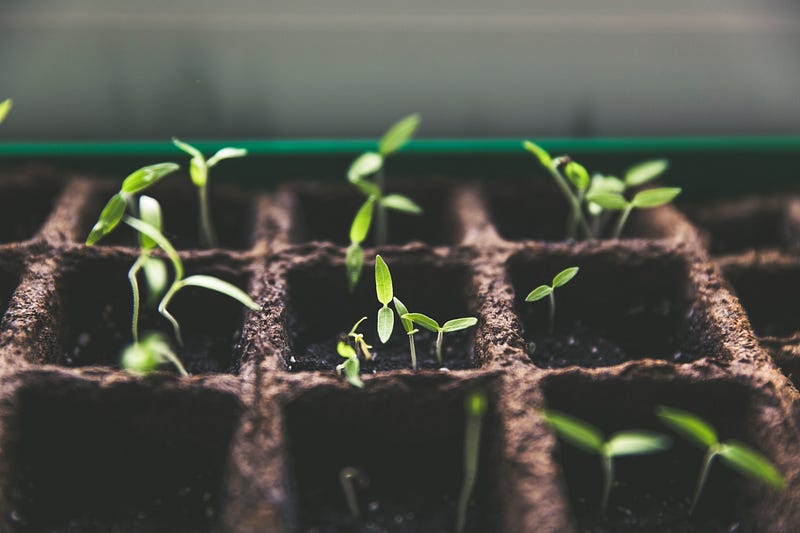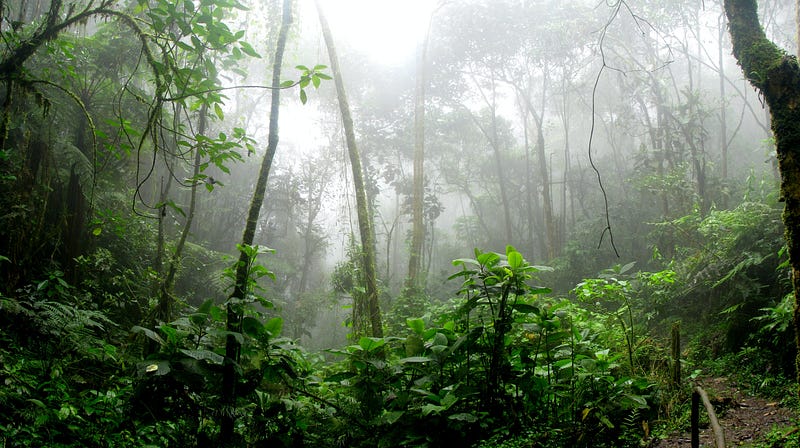Unveiling the Secrets of Terra Preta: Nature's Miracle Soil
Written on
Chapter 1: The Enigma of Terra Preta
An extraordinary type of soil, known as terra preta, has been discovered in the Amazon, dating back nearly 3,000 years. This incredibly fertile "black earth" is not only a marvel of nature but also a potent tool, as researchers suggest, in reversing the effects of deforestation.

The Amazon rainforest is rapidly diminishing. Since the 1970s, we have witnessed a loss of about 18 percent of this vital ecosystem, equating to around 800,000 square kilometers—nearly three times the area of Poland. Much of this land has been repurposed for cattle grazing.
What strategies can we implement to expedite the regrowth of forests in these deforested regions? This question resonates not just within South America but globally. Brazilian scientists from the University of São Paulo have proposed a fascinating solution: terra preta.
Section 1.1: The Origins of Terra Preta
Terra preta, or black soil, is a highly fertile soil found in the Amazon basin, created by the indigenous peoples who inhabited the region long before European contact. Their knowledge of soil enrichment has endured over millennia, proving invaluable today.
Amazonian soils are typically infertile and, when stripped of vegetation, they quickly lose their nutrients. The ancient inhabitants of this region devised methods to cultivate the land successfully. They enriched their soil using animal manure, organic waste, fish bones, broken pottery, and notably, charcoal.
The continuous efforts of these communities led to the creation of terra preta, characterized by its deep, dark hue. This soil formed primarily between 450 BC and 950 AD and can reach depths of up to two meters.
Section 1.2: Harnessing Terra Preta for Reforestation
How might terra preta benefit global reforestation efforts? To understand its remarkable fertility, scientists conducted experiments comparing three soil types: terra preta, a blend of black soil and regular soil, and standard soil.
They planted Urochloa brizantha, a common fodder grass, in all three soil types and observed the results after 60 days. The grass was harvested, leaving the roots intact to simulate conditions suitable for reforestation.

Following this, seeds from three tree species—Cecropia pachystachya, Peltophorum dubium, and Argentine cedar (Cedrela fissilis)—were planted in the prepared soils. The seedlings were allowed to germinate and grow for three months, after which their height, weight, and root systems were assessed.
The results were striking: terra preta outperformed all other soils, yielding eight times more grass than conventional soil. The trees also flourished, with the cedar and P. dubium growing three and six times taller, respectively, compared to those planted in regular soil. The C. pachystachya did not germinate at all in standard soil, thriving only in pure terra preta.
The composition analysis revealed that terra preta contained significantly higher levels of potassium and micronutrients, enhancing its fertility. Additionally, scientists identified numerous beneficial bacteria in this black soil, which play a crucial role in converting soil components into nutrients accessible to plants.

Section 1.3: Limitations and Future Directions
Despite its remarkable attributes, the availability of terra preta in the Amazon is limited, estimated at just 20,000 square kilometers. Therefore, while we can learn from its composition and properties, replicating it on a larger scale will be essential for global reforestation efforts.
Dr. Siu Mui Tsai, the lead researcher, cautions against the large-scale use of terra preta, noting, "It took thousands of years for this soil to develop. If we were to utilize it, it would take an additional millennia for it to regenerate." Instead, the focus should be on emulating its unique characteristics for ecological initiatives.